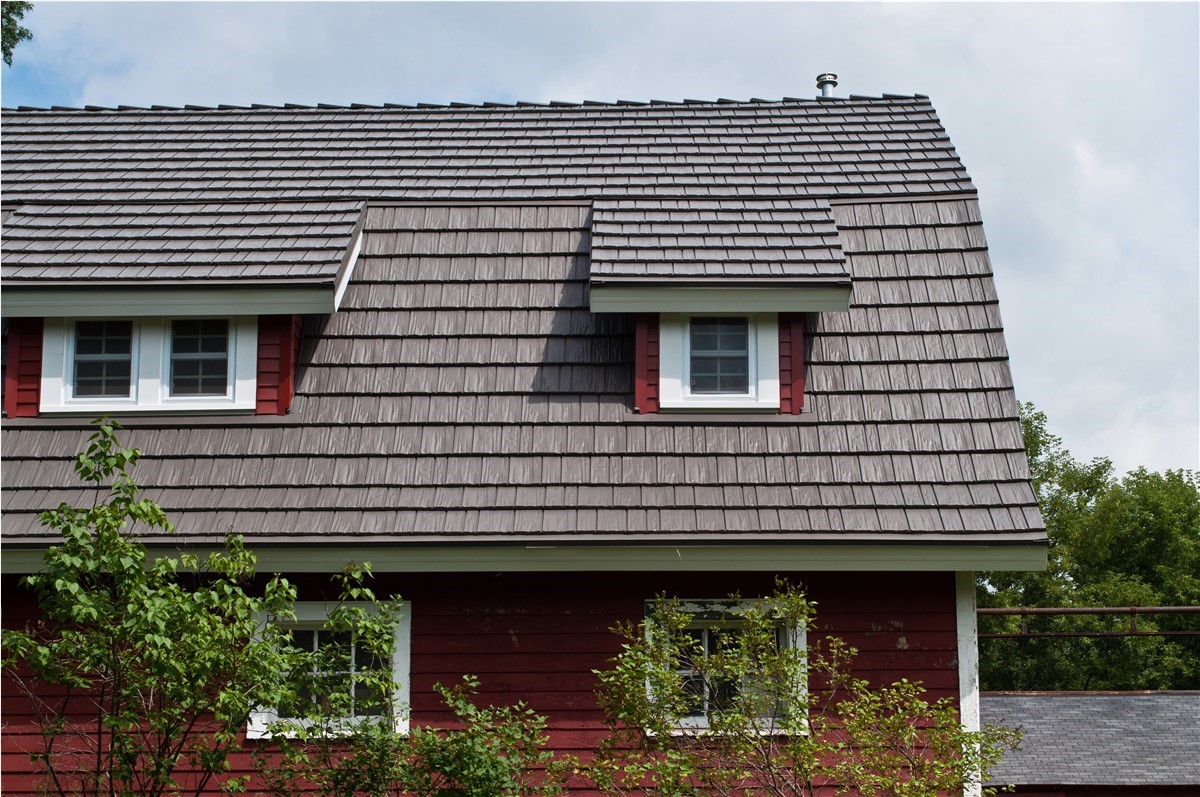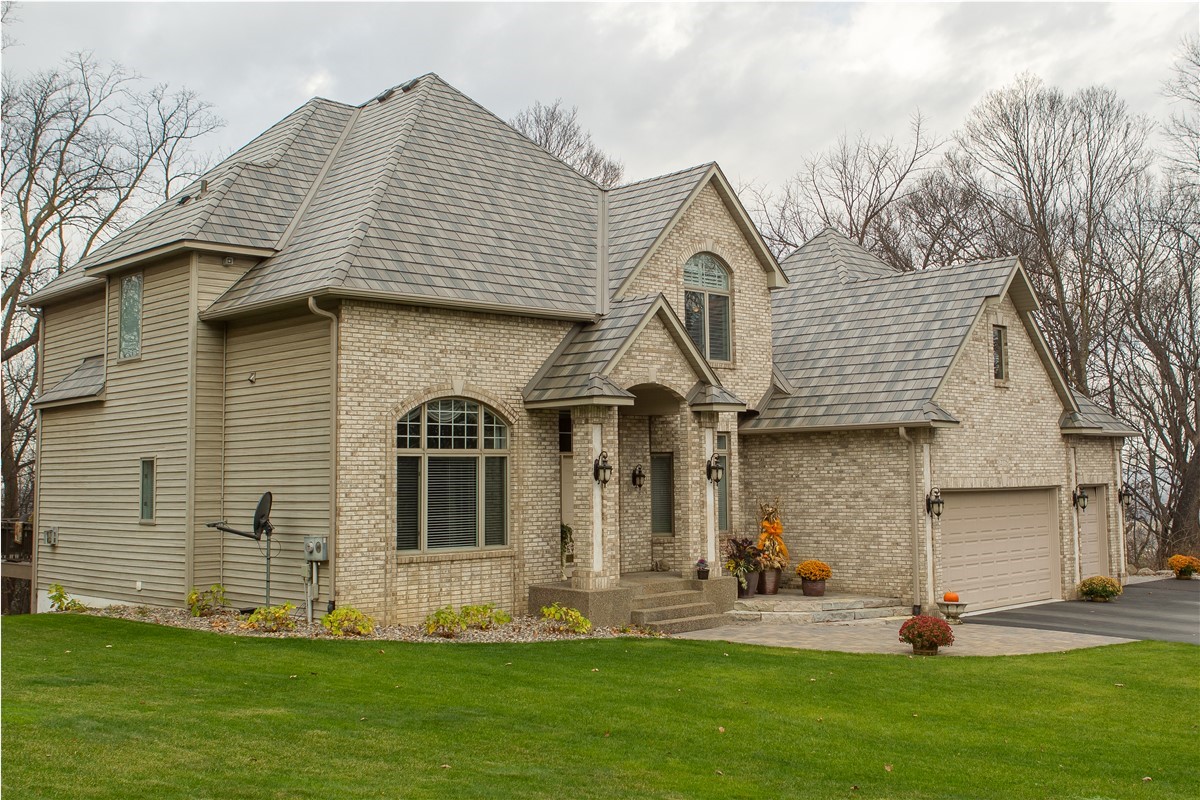If you've just gotten estimates for a much-needed exterior repainting of your house, you may want to consider your options before you sign that contract. At first thought, painting might seem cheaper than having siding installed, but consider these facts:
- An average-size, one-story house can cost $3,000+ to paint, assuming there aren't any repairs needed to the wood siding. Multi-level or larger homes can cost $5,000+. And if your home was built before 1978, it's probably got lead-containing paint on it, which means an additional charge for EPA-required lead abatement, plus you have to hire a lead-safe certified painting contractor.
- That new paint job will only last a few years. Assuming it was well prepped and quality paint was used, you may expect to see signs of failing paint in about 7 years or so; up to 10 if two coats of paint were applied. Areas which get full southern sun may develop problems sooner.
- A new coat of paint won't contribute anything to reducing your energy costs; energy-efficient siding can cut your heating and cooling bills, which offsets the cost.
You can also choose from steel siding, which is a great choice for storm-prone climates such as we have here in the Minneapolis/St. Paul area. Seamless steel siding is strong and durable, impact-resistant, and is also recyclable, which is a plus if you're looking for a green product. It also comes with a lifetime warranty, something your painting contractor won't offer.
If you're thinking about repainting your house this spring, think about getting estimates for siding as well. When you compare the costs, you'll find that in the long run, new energy-efficient siding is a better option.
Subscribe to Quarve Contracting's Blog





Comments